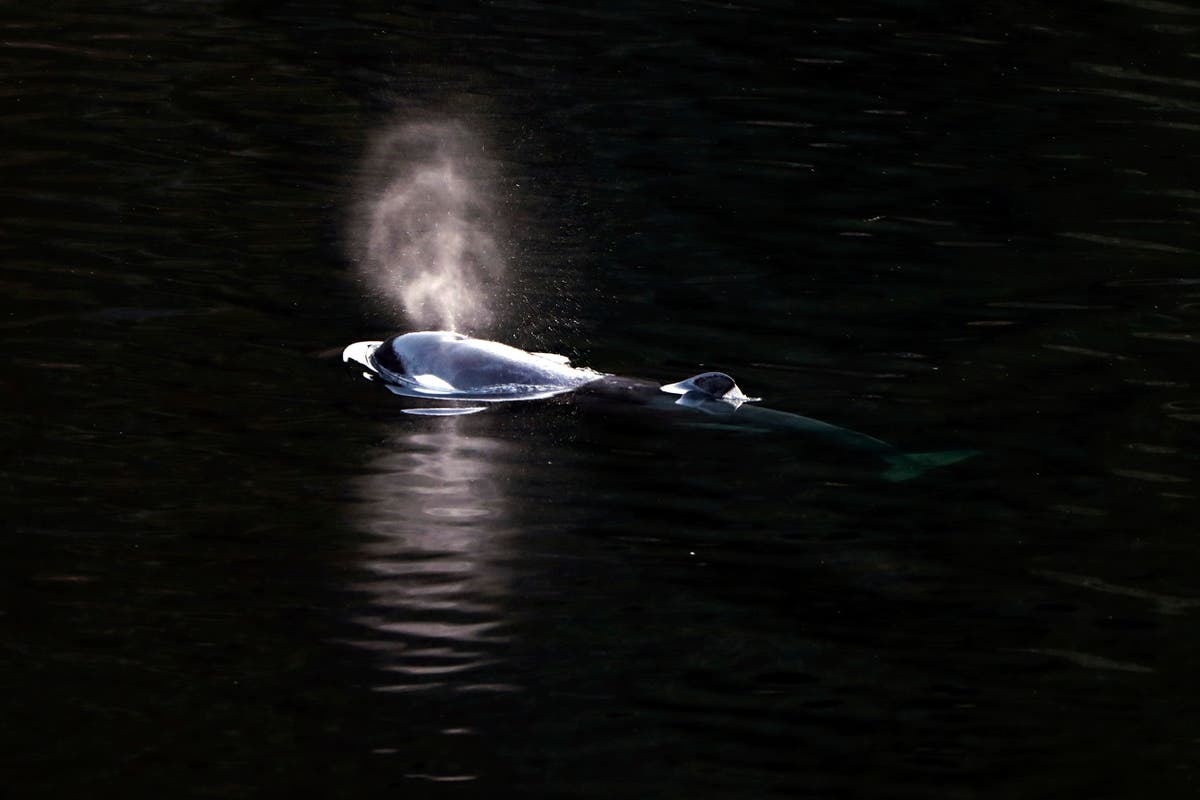The United States has officially expanded its geographic territory by 1 million square kilometers, an area approximately 60 percent the size of Alaska. This territorial expansion is due to the redefinition of the boundaries of the American continental shelf. The US State Department has called on international law to define new areas under the sea, where the continental shelf extends farther than previously recognized. This historic expansion extends over seven distinct ocean regions, with more than half of the new region located in the Arctic. What is an extended continental shelf? The extended continental shelf (ECS) is the area of the seafloor and subsoil that extends beyond the 200 nautical mile Exclusive Economic Zone (EEZ). Under this concept, coastal states can claim the expansion of their territory with the right to manage and exploit the resources of their area. With this act of territorial expansion, the United States joins more than 75 countries that have defined their borders in the ECS. The Path to Expansion The scientific and legal process began in 2003 through a multi-agency collaboration led by the US State Department, the National Oceanic and Atmospheric Administration (NOAA), and the US Geological Survey. The mission was to collect comprehensive geological data to determine the outer limits of the American continental shelf. The investigation concluded on December 19, 2023 when the State Department revealed the new geographic coordinates marking the expanded American platform. The new expansion areas cover the Arctic, the eastern coast of the Atlantic Ocean, the Bering Sea, the western coast of the Pacific Ocean, the Mariana Islands and two regions in the Gulf of Mexico. This consolidation of territory is twice the size of the state of California and represents a strengthening of the country's control over marine resources. What happens to international borders? The ECS concept encourages international cooperation. Countries often need to collaborate on research, data collection, and exchange of knowledge and resources. All of this promotes peaceful negotiations rather than confrontations when defining the boundaries of the program. In this case, the State Department's claim to the Arctic is remarkably consistent with the 1990 maritime boundary agreement with Russia, which guarantees that Russian territory will not be invaded.
This is what the map of the United States looks like after its territorial expansion of one million square kilometers



:quality(85)/cloudfront-us-east-1.images.arcpublishing.com/infobae/LXD4Z3D2BREKPB3WQX7E7IJTOA.jpg)

